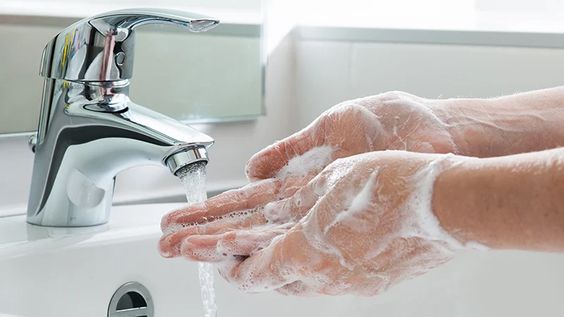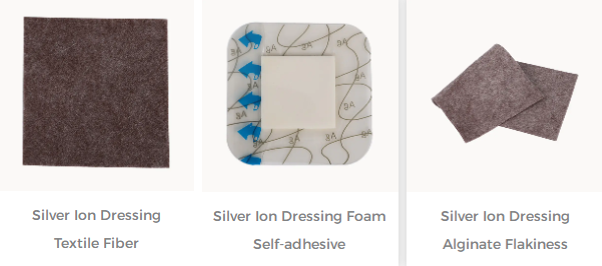Wound irrigation is an important step in the treatment of traumatic wounds, it can remove dirt and bacteria in the wound, prevent infection and promote wound healing. However, if the wound is not irrigated properly, infection and other complications can result. Here's how to properly rinse a wound.
What is wound irrigation?
Wound irrigation refers to the process of using flowing fluids, such as saline, water, or disinfectant, on the injured area to remove dirt, bacteria, and other contaminants from the wound. The purpose of wound irrigation is to clean the wound, prevent infection and promote wound healing. When performing wound irrigation, care should be taken to use appropriate cleaning fluids, avoid vigorously irrigating the wound, and avoid bringing dirt and bacteria into the wound, etc., to ensure that the wound is treated properly.
What types of wounds can be irrigated?
1. Abrasions: Minor abrasions can usually be cleaned with water or saline.
2. Incisions: Deeper incisions will need to be irrigated with a cleansing solution to ensure that dirt and bacteria are removed from the wound.
3. Deep wounds: If the wound is deep or large, it may be necessary to irrigate with a syringe or watering can to ensure that the cleaning fluid enters the wound.
4. Burns: Minor burns can be washed with clean water, but severe burns need to be treated under the guidance of a doctor.
Wound washing steps:
1. Washing hands: Washing hands must be done before washing the wound. Wash hands with soap and warm water for at least 20 seconds, thoroughly cleaning hands and nails. This reduces contamination of the wound with hand bacteria and other pollutants.
2. Prepare cleaning solution: Prepare a cleaning solution suitable for the type of wound. The most commonly used cleaning fluids are saline or water. Antiseptics such as tincture of iodine or chlorhexidine may be used if the wound is very dirty or the risk of infection is high.
3. Clean the area around the wound: Gently wipe the skin around the wound with a damp cotton ball or gauze to remove dirt and bacteria. Be careful not to bring dirt and bacteria into the wound.
4. Clean the wound: Rinse the wound thoroughly with a cleansing solution. Tools such as a syringe or watering can be used to ensure that the cleaning solution gets inside the wound. Be careful not to rinse the wound too hard, so as not to re-injure the wound.
5. Wipe the wound: Gently wipe the wound with clean gauze or towel to remove excess cleaning fluid and dirt.
6. Check the wound: Check whether the wound is clean and needs further treatment. Seek immediate medical attention if the wound is very deep or large, or if there is any loose tissue around the edges of the wound.
7. Choose the right wound dressing: Use a functional wound dressing on your wound as recommended by your doctor. This can promote wound healing, prevent infection and reduce pain.
8. Monitor the wound: Check the wound regularly to make sure it is healing. Seek immediate medical attention if any signs of abnormality appear in the wound, such as redness, swelling, discharge, or increased pain.
In summary, proper wound irrigation is an important step in the management of traumatic wounds. By following the 8 key steps above, wounds can be effectively cleaned, infection prevented, and wounds healed. If you are not sure how to irrigate your wound properly, or if you develop any abnormalities in your wound, you should seek medical attention promptly.
For more information on Innomed®Silver Ion Dressing, Refer to the Previous Articles. If you have customized needs, you are welcome to contact us; You Wholeheartedly. At longterm medical, we transform this data by Innovating and Developing Products that Make Life Life easier for those who need loving care.
Editor: kiki Jia
Date: July 1 4, 2023

 English
English عربى
عربى Español
Español русский
русский 中文简体
中文简体








